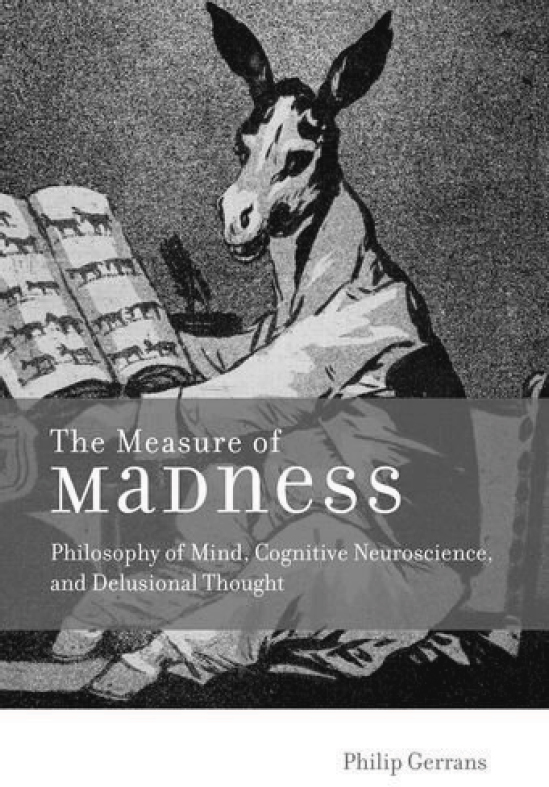
The theoretical definition of delusion put forward in this book is as follows: ‘Delusions arise when default cognitive processing, unsupervised by decontextualised processing, is monopolised by hypersalient information’. This definition contrasts with that which most psychiatrists are familiar with, namely that delusions are false beliefs held with extraordinary conviction and impervious to counter-argument. Herein lies the problem with this book. It takes its departure from discussions ongoing primarily within philosophy and maybe psychology. It ignores for the most part issues that are of direct interest to psychiatrists. The psychiatric literature that is quoted is often merely a platform from which to take a leap into other territory.
The definition of delusion that psychiatrists use is important because it forms the basis for examining particular claims that patients make within a clinical encounter. It is pragmatic in nature and it is widely accepted that it is problematic. It distinguishes abnormal phenomena that arise from perceptual alterations, for instance, from those that seem to pertain simply to matters of judgement or in other terms, matters of belief. The definition offered in this book, at its very best, might be regarded as a hypothetical statement about the pathophysiology of delusions. The most glaring and obvious error is that it assumes that all delusions arise out of some aberrant mechanism to do with ‘salience’. Now, it is clear that the term ‘delusion’ is simply a descriptive term and that it does not refer to a homogenous phenomenon. It can arise as an elementary yet erroneous belief de novo, without any antecedent experience, in the so-called autochthonous delusion. It can arise in the context of a normal perception that is given an unusual and false meaning (delusional perception) or in the context of demonstrable impairment of visual (often facial) processing in delusional misidentification syndromes and more prosaically in the context of other abnormal experiences such as auditory verbal hallucinations (secondary delusions). What these varying kinds of delusions have in common is that the patients express false beliefs. A good way to understand this is to think of the varying routes to abnormality of gait – abnormalities in the basal ganglia, in the dorsal column pathway, in the cerebellum, etc. No one would think that a simple encompassing definition somehow gets at the heart of abnormalities of gait.
From the foregoing, you might think that I did not enjoy this book or that I might not recommend it to our readers. But the curious thing is that I did enjoy reading it and that I would recommend it to those people who have an interest in the nature and status of delusions. It is wide-ranging in its approach. It is well researched and thoughtful. It makes connections that would not normally be considered to be relevant to the clinical study of delusions. There are discussions about dreaming, about passivity and mirror neurons. Even when I disagreed, for example, with the inclusion of passivity experiences in a book about delusions, it was helpful to be forced to think what the distinction is between an experience and a delusion.
There is increasing interest by philosophers in abnormal phenomena. I suppose my view is that the best application of philosophical inquiry into psychopathology is that which treats the phenomena not as curios but as the lived experience of real people. But, also one that takes care with the clinical literature.



eLetters
No eLetters have been published for this article.